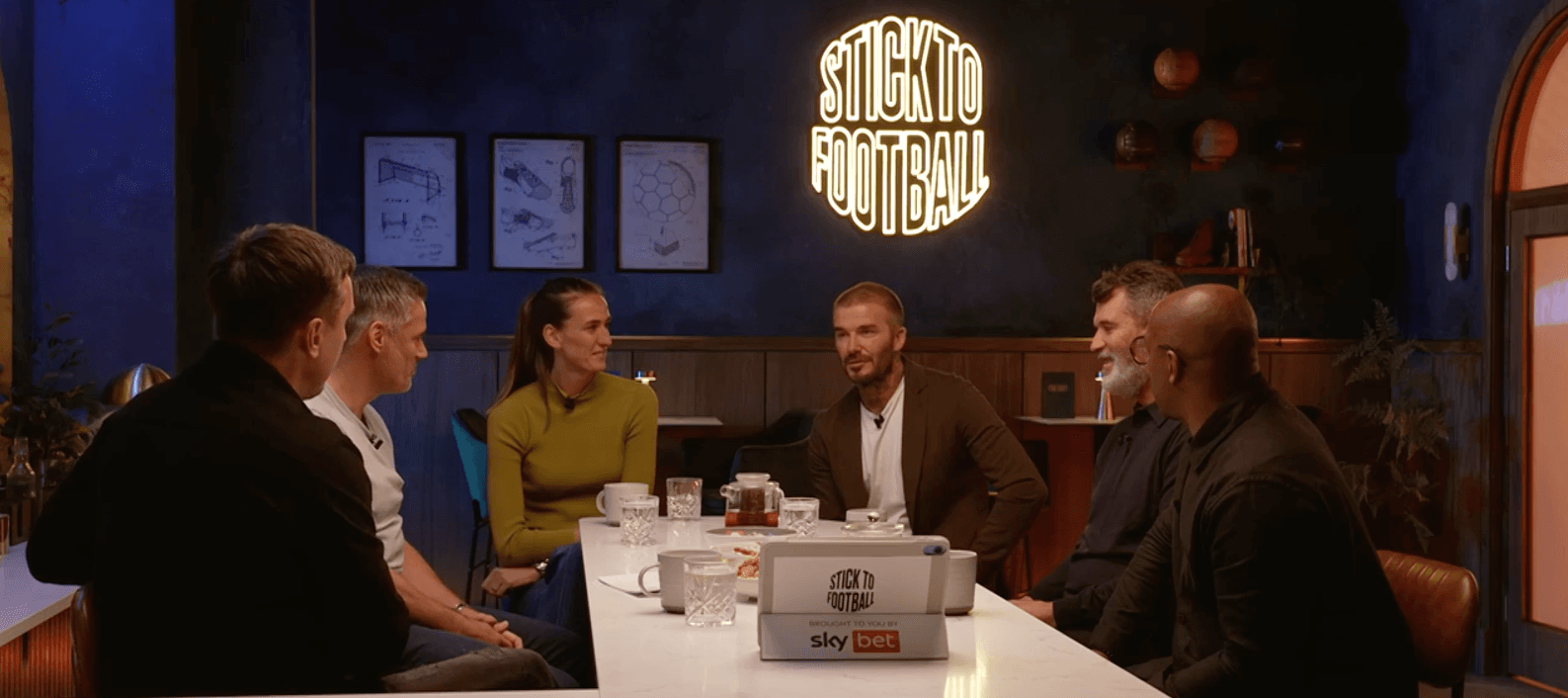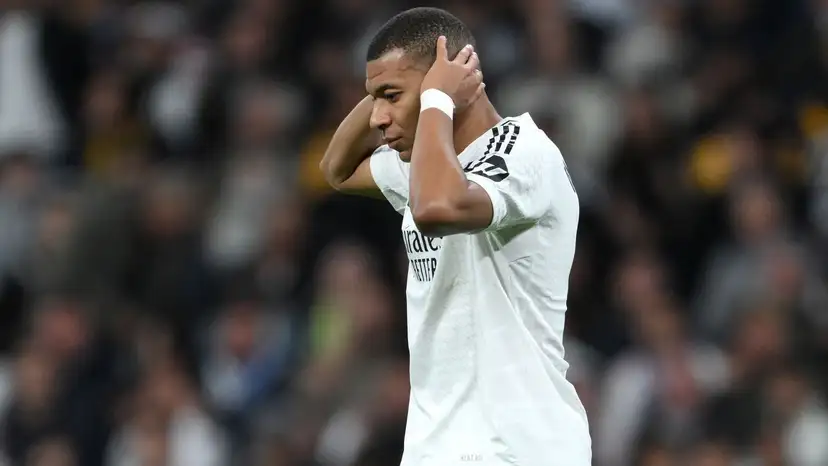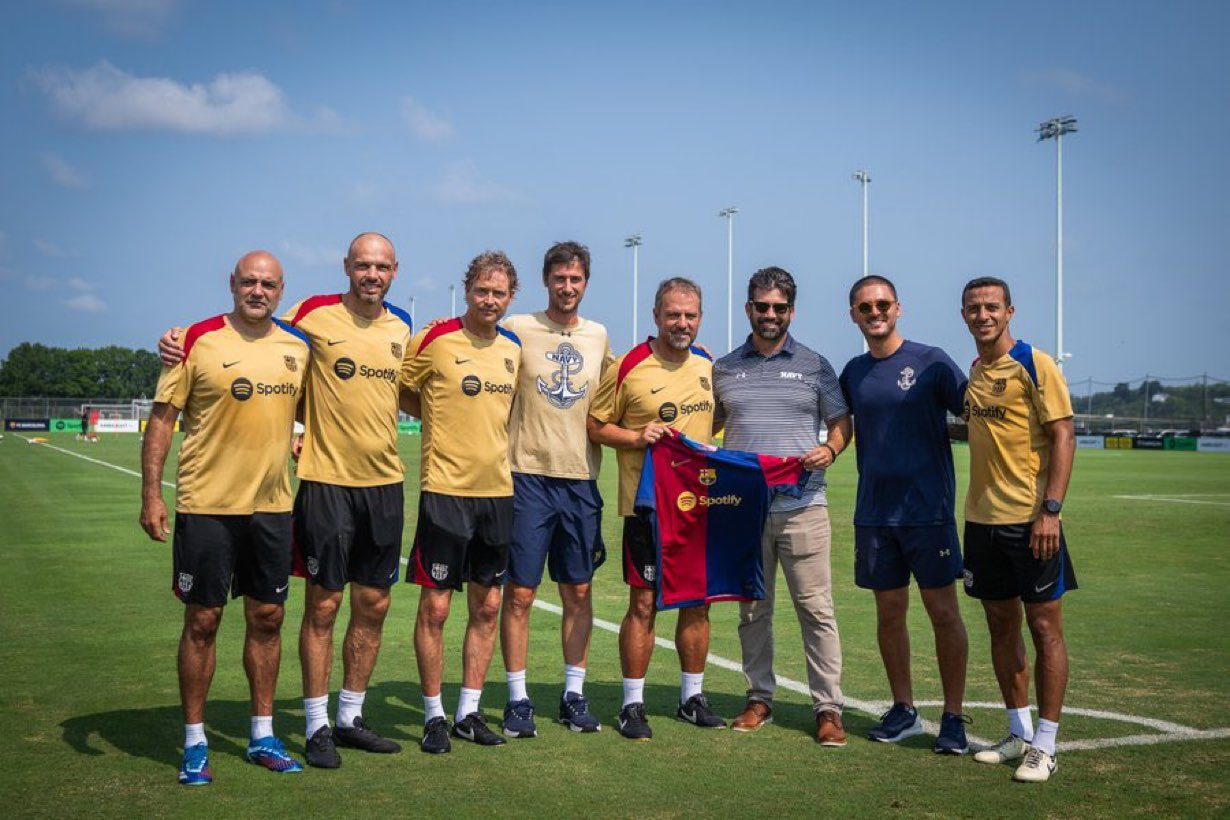
Football analysis used to be shaped almost entirely by broadcasters and newspapers. A handful of pundits framed the weekend, and supporters reacted to whatever was presented on TV. That monopoly has been broken. Today, the conversation is driven by creators on YouTube, Twitch, TikTok, and through the booming football-podcast scene.
These new “giants” range from independent tacticians to data specialists to fan-driven channels with huge audiences. Shows like The Overlap blend creator energy with broadcast access, while podcasts such as The Rest Is Football as well as Tiktok accounts like SDS POD, Kombo or Amenyah operate with the same relevance and reach as major TV programmes. Together, they form a media landscape where analysis moves faster, goes deeper, and feels more connected to supporters.
This shift has made football debate more open and more detailed, but less controlled. Quality varies, accuracy is inconsistent, and online echo chambers often distort discussion. Still, the direction is clear, analysis no longer starts in the studio. It starts online.
Creators feel closer to fans than traditional pundits. They speak plainly, react honestly, and cover topics mainstream TV rarely touches, from tactical shifts in the Championship to profiles of emerging players outside the top leagues. Their tone matches the way supporters talk about the game.
Digital channels own the post-match window. Reaction videos, data graphics, and tactical clips appear within hours of the final whistle. Live watch-alongs on Twitch and YouTube deepen the sense of community, offering something TV cannot replicate.
Creators can break down matches with a level of freedom broadcasters do not have. They use telestration, data visuals, and advanced metrics to explain structures and patterns that would never fit into a short studio segment. As a result, fan tactical literacy has risen sharply , and creators remain the main source of that education.
YouTube has become the tactical classroom. Long-form breakdowns, scouting reports, and historical explanations let fans understand pressing patterns, positional rotations, or youth prospects in detail. Creators use clips, data visuals, and telestrations once exclusive to clubs, making tactical concepts accessible while sustaining themselves through ads, sponsorships, and memberships.
Podcasts, like The Rest Is Football, set the cultural agenda. Conversational, episodic, and immediate, they shape opinion on transfers, managerial pressure, and off-field narratives, often more than when the show’s hosts work as pundits on TV. Fans consume them during commutes or workouts, integrating analysis into daily life.
Short-form platforms like TikTok or YouTube Shorts deliver instant reactions. Thirty-second clips highlighting errors, key passes, or tactical quirks can dominate debate before traditional media responds. Virality spreads ideas fast but risks oversimplifying complex decisions.
Hybrid shows such as The Overlap combine broadcast access with creator energy. Big guests and interviews are delivered with the tone and pacing of independent creators, forcing legacy media to adopt a more authentic, immediate style.
However, there are a few downsides like with just about everything nice.The explosion of digital analysis comes with its own clear drawbacks. Without editorial oversight, mistakes or oversimplified explanations can spread unchecked. Mislabeling a formation, misreading a press trigger, or overstating a player’s contribution may go viral, shaping opinions before corrections appear.
Algorithm-driven platforms exacerbate the problem, rewarding drama and sensationalism over nuance. Titles emphasizing conflict or outrage often outperform measured analysis, nudging creators toward polarised commentary.
Echo chambers form quickly. Fans selectively follow creators who confirm their pre-existing views, reinforcing tribal allegiances.
Club-specific or personality-driven content can entrench biases, making nuanced discussion rare. Online anonymity further intensifies hostility, turning disagreements over tactical points into personal attacks against players, coaches, or other fan communities.
Even well-researched and thoughtful analysis can become drowned out in these toxic loops, leaving casual fans exposed to the loudest, most extreme narratives.
Navigating this landscape requires media literacy. Fans must weigh sources, compare analyses, and recognise the tension between influence, revenue, and content strategy.
For creators, it is a balance between engagement and responsibility: the ability to reach millions comes with the duty to maintain accuracy, context, and fairness.
Digital creators have transformed how fans experience football. Analysis is faster, more tactical, and more democratic, with thousands of independent voices dissecting matches, formations, and managerial decisions in real time.
Legacy media can no longer dictate the narrative; they now react to the debates already set by creators.
Revenue models and influence have shifted too. Ex-players, coaches, and tactical analysts can build direct-to-fan platforms, bypassing TV entirely. Shows like The Overlap and The Rest Is Football demonstrate that creators can command massive audiences while delivering serious analysis, cultural commentary, and insider access.
For fans, this means deeper engagement, more learning, and a sense of community around shared understanding rather than passive consumption.
The flip side remains. Misinformation spreads quickly, echo chambers harden, and algorithm-driven incentives reward drama over nuance. Fans need media literacy, and creators must balance influence with responsibility. Accuracy, context, and fairness are now part of the contract between analyst and audience.
Ultimately, football analysis no longer belongs to studios or official broadcasters. It belongs to the ecosystem: a mix of independent creators, hybrid shows, podcasts, and viral clips, all dissecting the game from every angle.
The debate is richer, faster, and more tactical than ever, and fans are the ultimate beneficiaries, able to follow, learn, and form opinions in real time, with nothing on the pitch left unexamined.








